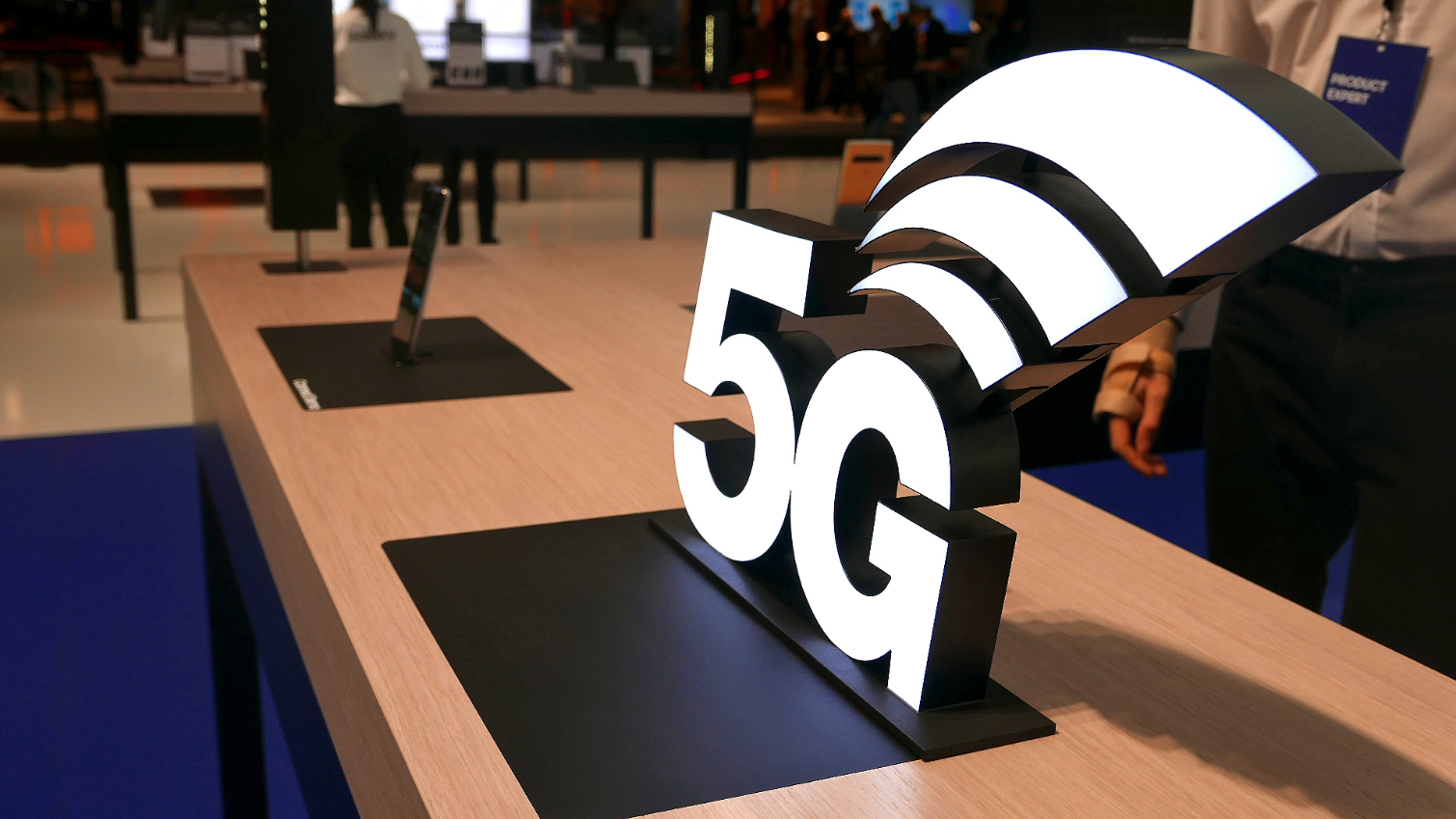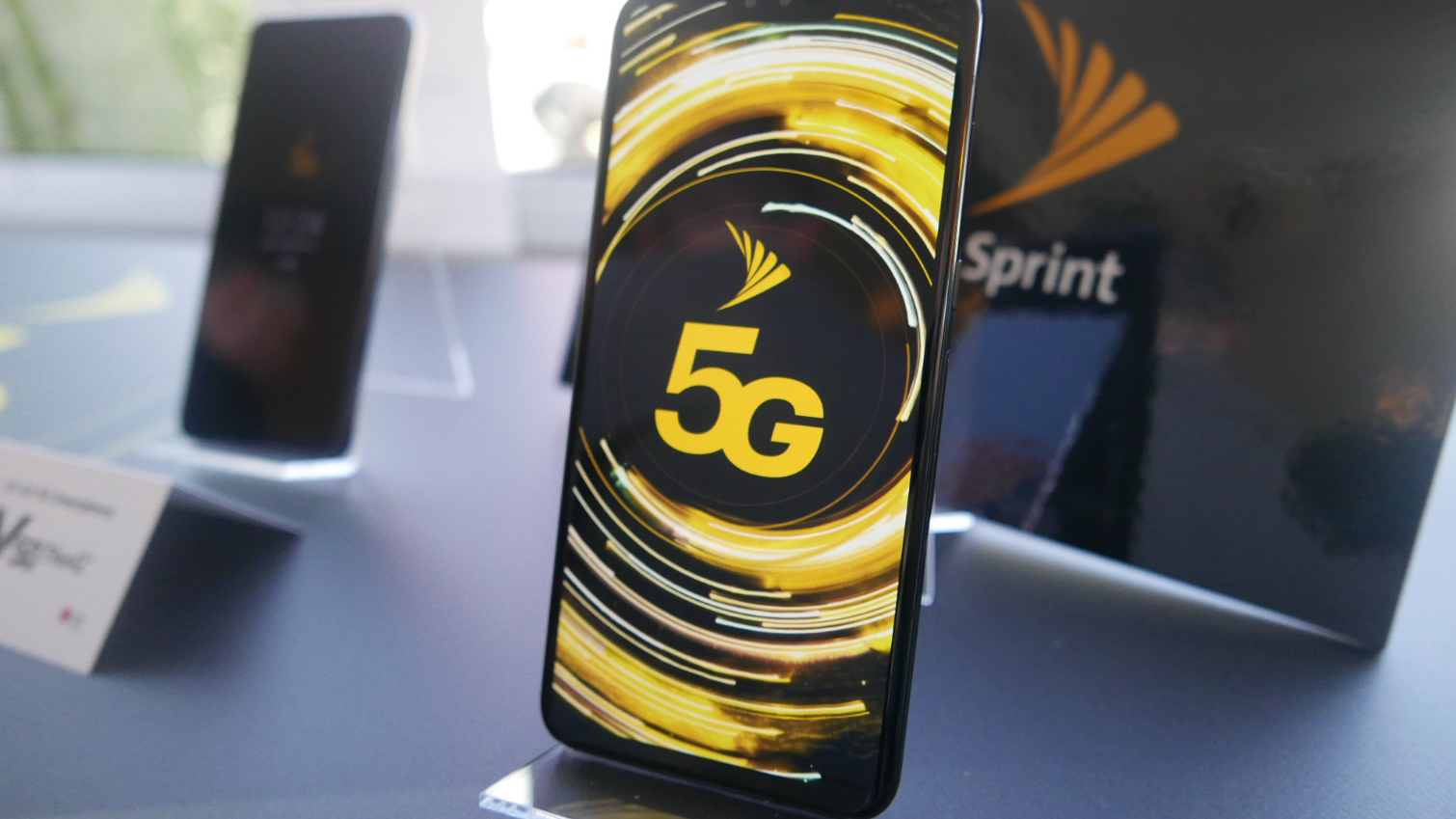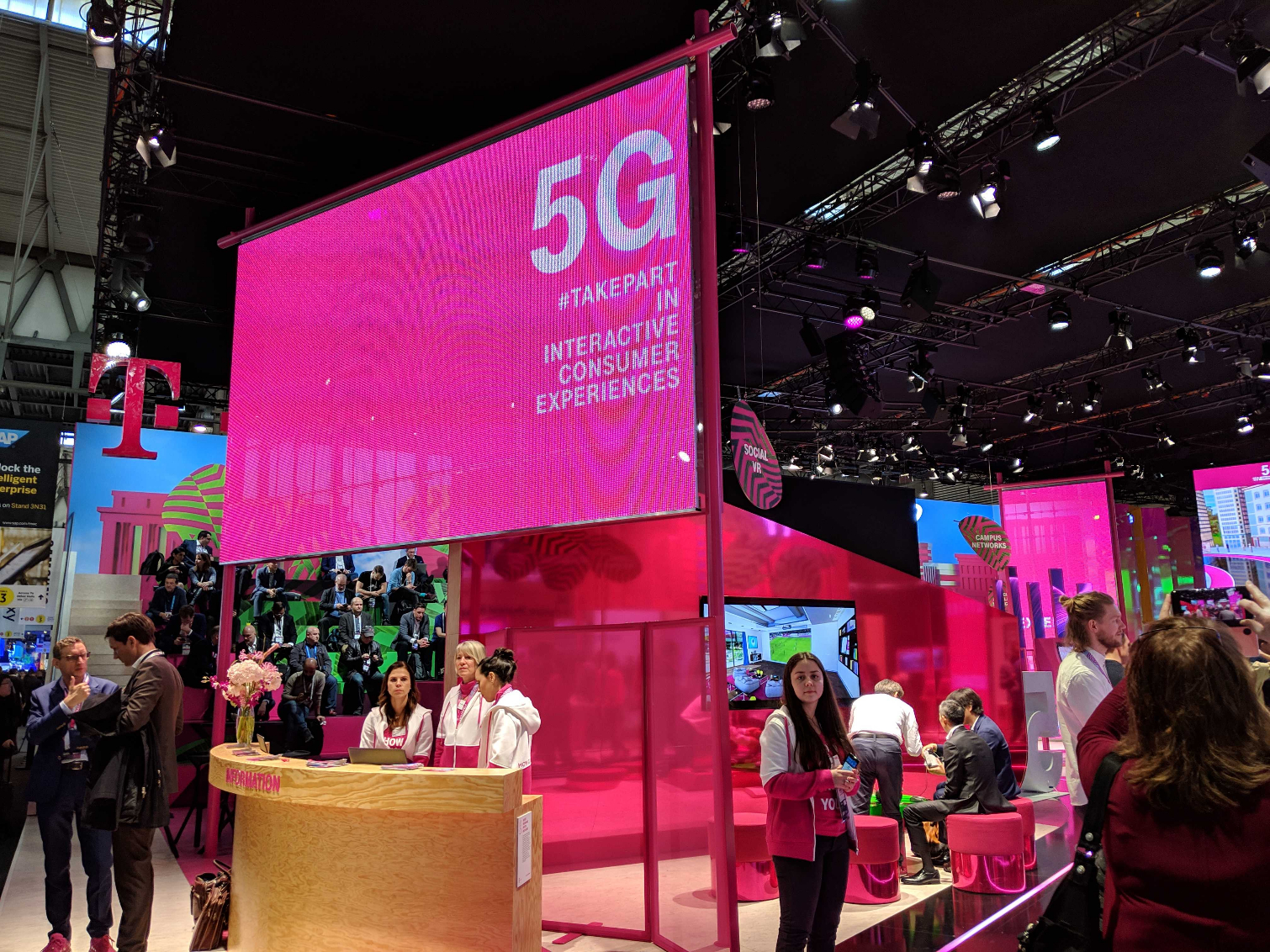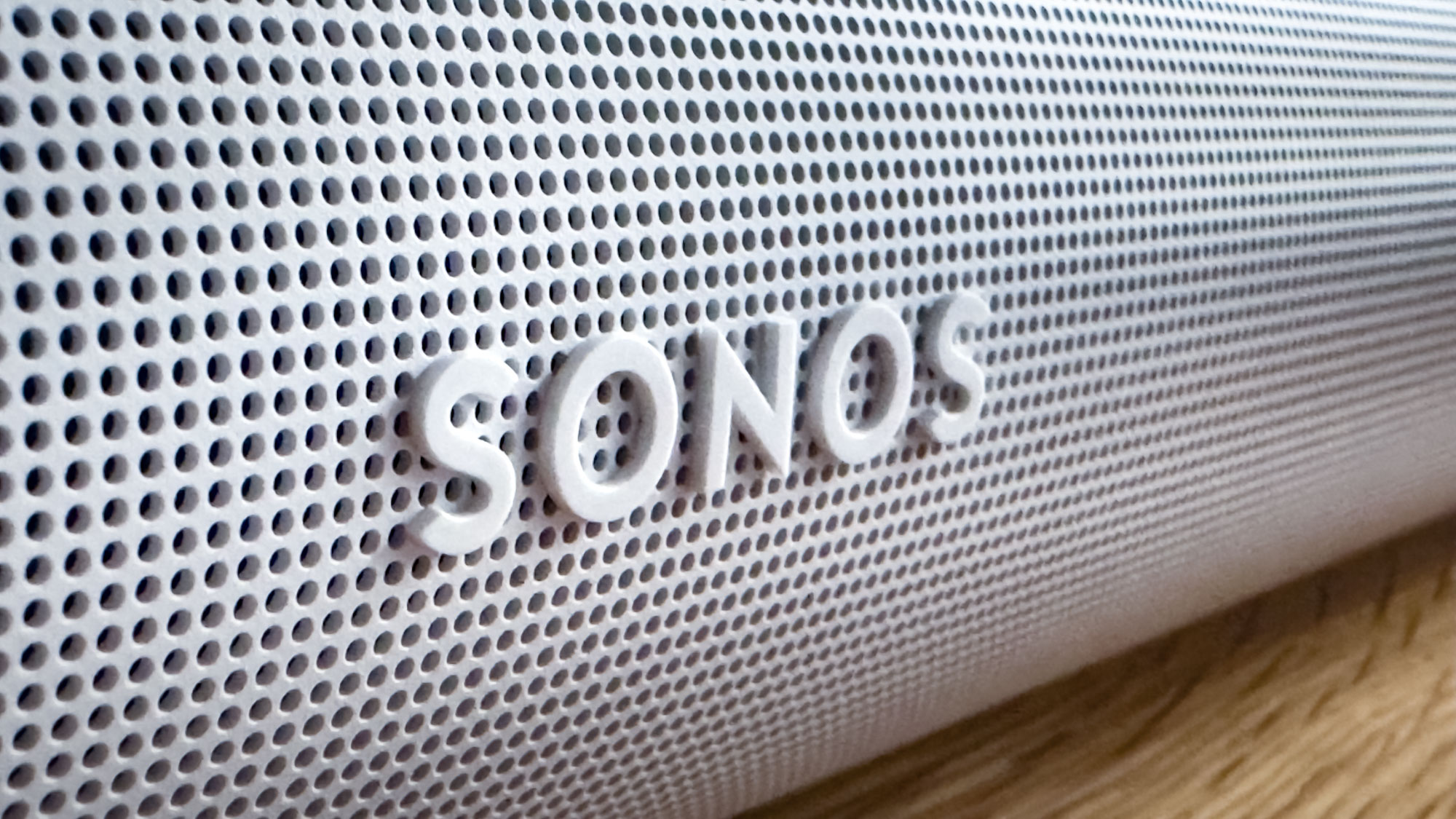The 5 Biggest 5G Takeaways of MWC
Overwhelmed with all the 5G buzz? These were the headlines about the new wireless networking standard that really mattered at Mobile World Congress 2019.
BARCELONA — Some politicians we won’t name here would like to see the U.S. blanketed with 5G connectivity and well on its way to 6G. (Spoiler alert: 6G is not a thing yet.) 5G dominated the Mobile World Congress show floor this past week, with virtual reality demos presumably using a 5G base station and 5G signage denoting such.

But despite all the hype, we’re not much closer to finding out when exactly carriers will flip the switch on their 5G networks, when 5G smartphones will go on sale or how much any of this will cost us. Here’s what we did learn this week, though, about the coming 5G rollout.
Sprint Launching 5G Network in May
We expected wireless carriers to storm MWC with 5G announcements at the ready, but Sprint was the only U.S. company to stake its claim with a 5G launch time frame more specific than “sometime in the first half of 2019.” The company said its 5G network will go live in May, starting in Atlanta, Chicago, Dallas and Kansas City, with five more cities to follow by mid-year.
MORE: Best of MWC: Foldable Phones and 5G Rule
AT&T launched its mobile 5G network in 12 cities this past December, but has no phones ready to make use of it (despite labeling some phones 5G E, which is not the same thing). Sprint claims its 5G launch will be the first “real” one, because the carrier has a smartphone ready to roll when it flips the switch.
LG and Sprint Team Up On V50 ThinQ 5G
Get instant access to breaking news, the hottest reviews, great deals and helpful tips.
Sprint’s first 5G phone won’t be Samsung’s Galaxy S10, but rather the latest iteration of LG’s V-series flagship. The V50 ThinQ 5G will launch on Sprint first in the U.S., likely in the spring or early summer after the carrier flips on its 5G network in May. In many ways it’s a new take on last year’s V40 ThinQ, only with a larger, 4,000-mAh battery to power the device’s 5G radio and Qualcomm’s new Snapdragon 855 system-on-chip.

Otherwise, the V50 largely echoes the design and camera capabilities of its predecessor, with the same 6.4-inch plastic OLED display and triple-lens setup at the rear. Buyers outside of North America will get the option of a Dual Display add-on that turns the V50 into a makeshift foldable phone, designed to accommodate multi-windowed tasks and apps.
After the V50 hits Sprint, it’ll make its way to Verizon’s 5G network later in the year. Which brings us to...
Every New Flagship Will Have 5G Variant
Between the Galaxy S10 5G, V50 ThinQ 5G and Xiaomi Mi Mix 3 5G, we’re beginning to notice a trend. As phone makers release new premium devices in 2019, we expect to see 5G variants of most of them, likely with bigger batteries and potentially even bigger proportions and displays. Partnering with carriers to release exclusive, expensive one-off 5G versions of flagship devices appears to be a good way for manufacturers to dip their toes in those 5G waters, and give early adopters something to cling to.

That’s bad news for consumers who were hoping to get a reasonably-priced 5G phone in the near future, as we don’t see the technology hitting the midrange market in earnest until about 2021. And given that we still don’t have pricing on any of those aforementioned announced 5G phones, well...start saving your pennies now.
T-Mobile 5G Launch: Sooner or Later?
T-Mobile made headlines at MWC when the company indicated that its 5G network would launch in the second half of the year, rather than the first half as initially promised. But T-Mobile Chief Technology Officer Neville Ray later clarified that the carrier is working to make its millimeter-wave-based 5G network as robust as possible before a widespread launch, which he still expects to happen in the next few months. T-Mobile is also developing its long-range 600Mhz network, which could launch by the end of the year.

One thing we do know for sure: T-Mobile will offer unlimited 5G data plans for the same price as the carrier’s existing unlimited LTE data plans. For $70 a month, you can get super-fast wireless internet connectivity — if you have a 5G phone to take advantage of it. T-Mobile plans to carry Samsung’s Galaxy S10 5G later this year, but it’s unclear what other 5G phones will launch on the network.
Expect Weird and Wonderful Devices
5G won’t just be about phones though. That’s something HTC reminded us with its upcoming 5G Hub, which debuted here at MWC. The Hub is a hotspot at first glance, but it can actually do so much more.

HTC’s Hub runs Android Pie for starters, and carries a 5-inch display for streaming media, playing games and running apps. There’s an Ethernet cable that you can plug other devices into to get even faster speeds, Bluetooth connectivity for controllers, HDMI out for using external displays and a microphone and speakers so you can sort of use it as a makeshift, 5G-connected Google Home. Backing it all up is a Snapdragon 855 processor — the same one in the Galaxy S10 — to ensure the device can keep up with those lightning-fast downloads and uploads.
Skeptics might dismiss the 5G Hub as really just a hotspot at heart, but it does offer a way for users to experience many of the benefits of the technology without having to drop large sums of cash on a new phone (though HTC hasn’t yet set a price). The 5G Hub also extends that speed to all kinds of other devices, like PCs and tablets.
As a result, HTC’s 5G Hub doesn’t really fit in any category that exists — which is one of the things that makes 5G so exciting. It’s forcing companies to rethink the way they approach hardware, and that’s certainly something the industry could use more of.
Credits: Tom's Guide
Caitlin is a Senior editor for Gizmodo. She has also worked on Tom's Guide, Macworld, PCWorld and the Las Vegas Review-Journal. When she's not testing out the latest devices, you can find her running around the streets of Los Angeles, putting in morning miles or searching for the best tacos.
